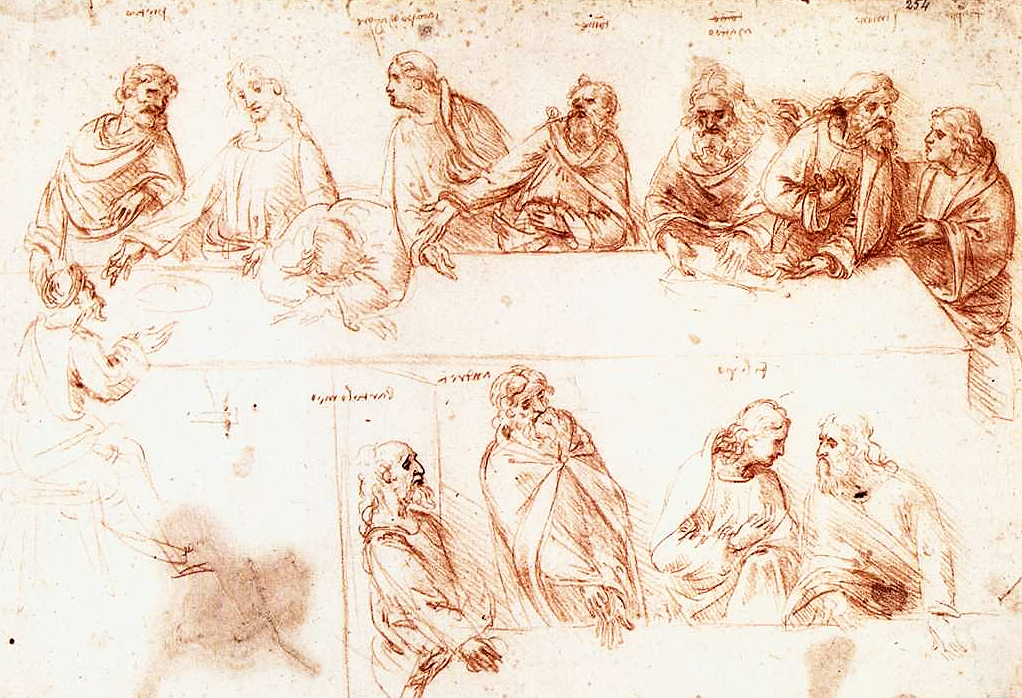In my recent Tech Talks on Composition Concepts, I pointed out that Mother Nature seldom, if ever, gifts you with ready-to-go composition. Throughout recorded history artists of all skill levels have wrestled with the best placement of content in their paintings.
The most analyzed painting of all time by art historians is Leonardo da Vinci’s Last Supper. It is widely agreed that it brilliantly demonstrates how to lead the viewers eye to the key element and reason for the painting’s execution. The relevance here to botanical art is that, like the epic piece by Leonardo, multiple components must effectively support the main purpose of the visual narrative.
As a botanical artist your task is to choose the elements of the plant that inspired you to paint it in the first place. You need to consider where to put the contents you want to share with the viewer as part of your own botanical story. The best place to start is by sketching and drawing. Sketching and drawing unlocks a visualization process—a thought process that is set in motion by an intimate connection with the plant. As you engage with its unique structures, you will identify the most interesting aspect and also which parts do not support what you want to show. You can use this power of editing as long as what you show is scientifically true to the plant, which is of course a fundamental tenet of botanical art.
On the topic of composition, Pablo Picasso said, “Inspiration exists, but it has to find you working.” I believe that in botanical art inspiration is best set in motion by the act of drawing. The creation of multiple, well-executed drawings will launch you in an inspired direction.
Leonardo created multiple drawings of potential content for the Last Supper. We know this because, thankfully, many of them have survived. Shown here is a selection of them found in the public domain.
If it worked for Leonardo, it can work for you too. It has often worked for me. It has also worked for many other artists in the examples of successful botanical paintings I illustrate and discuss in my e-booklet, Composition Concepts.

